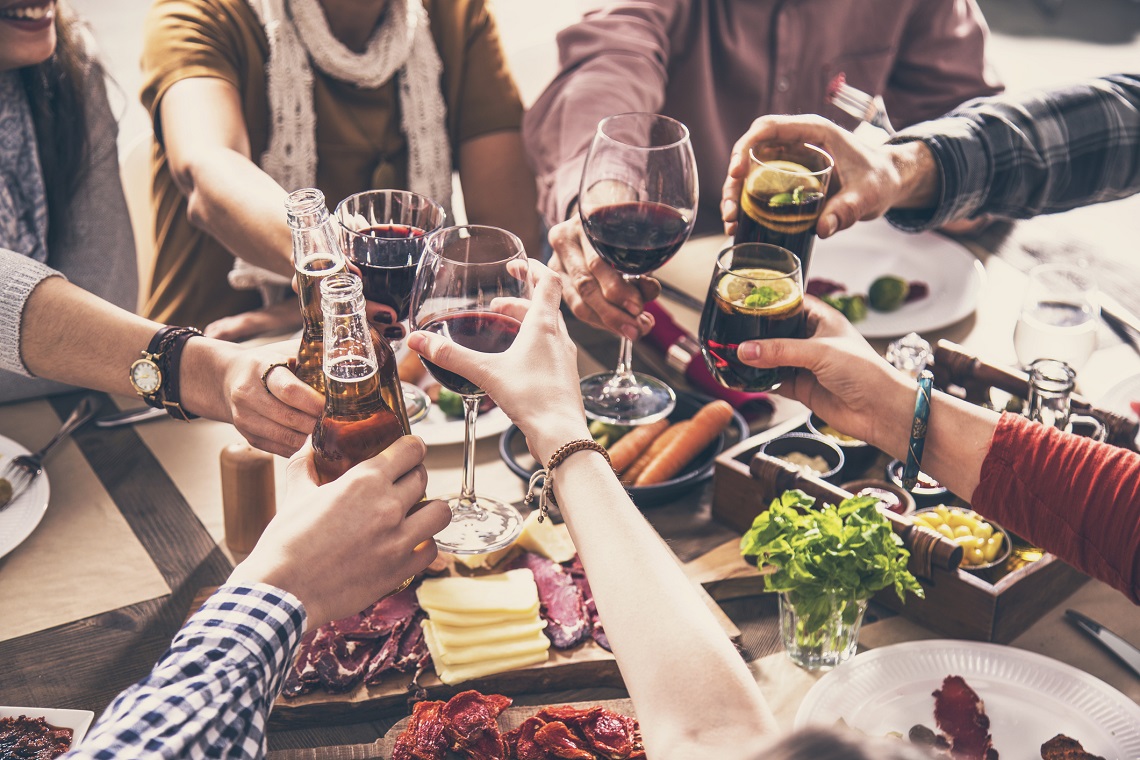The global drinks industry is facing a “subdued but opportunity-rich” trading environment in 2025, with five key trends set to shape the year ahead, according to the latest research from IWSR.
After persistent inflation, geopolitical tensions and varying levels of consumer confidence characterised 2024, the next 12 months will be marked by continued economic uncertainty, but also a number of promising growth opportunities.
“Channel shifts offer a note of optimism, with the on-premise showing nascent growth in some key markets, and digital platforms wielding a growing influence on both online and offline purchasing decisions,” says Emily Neill, Chief Operating Officer Research and Operations.
“As these key trends shape the beverage alcohol landscape in 2025, they start to frame some key growth segments and markets for the industry. Navigating these will require growth opportunities to be assessed on a market, category and price-tier basis, with a more nuanced approach than was previously needed.”
IWSR’s five key trends shaping the opportunities for alcohol in 2025 are…
1 – New moderation strategies
“Drinkers are now more habitual in their control of alcohol intake,” says Susie Goldspink, Senior Insights Manager – RTDs and No/Low Alcohol.
“This trend spans all age groups, regions and demographics, highlighting moderation as a mainstream cultural phenomenon, rather than a trend limited to younger LDA+ consumers.”
Moderation strategies implemented by consumers include:
Lighter consumption: There has been a significant increase in the proportion of ‘light’ drinkers – those with low consumption frequency and/or intensity.
Temporary abstinence: This trend is gaining momentum, especially among younger LDA+ consumers.
Single-category occasions: Consumers are increasingly opting to limit themselves to a single type of beverage on any given occasion, often reducing the amount they drink as well.
2- Growth axis shift intensifies
Developing beverage alcohol markets, rather than mature destinations, are set to be the major growth engines in value terms over the next five years.
The strong momentum displayed by developing markets is being driven by younger populations, rising disposable incomes and expanding middle classes.
3 – The rise of casual consumption
“The shift from formal, high-profile drinking occasions to more casual and spontaneous settings is transforming the beverage alcohol landscape – especially for categories such as rosé wine, Prosecco, bitters and spirit aperitifs,” says Richard Halstead, Chief Operating Officer Consumer Insights and Custom Analytics.
“Changing social norms, economic constraints and a preference for relaxed, versatile beverages are driving this shift.”
RTDs in particular are continuing to thrive as a result of the casual consumption trend, and are expected to continue to gain TBA share, especially in the more established RTD markets of Japan, the US, Australia and Canada.
All of the top 10 RTD markets are forecast to register CAGR volume gains between 2023 and 2028, led by Brazil (six per cent), Australia (four per cent), Germany (four per cent), the US (three per cent) and Canada (three per cent).
4 – Premiumisation slowing, but beer stands out
The price competitiveness of premium-plus beer and cider is proving to be a boon in the current macroeconomic landscape, with volumes rising by two per cent in the first half of 2024 – versus minus-three per cent declines for premium-plus spirits and wine.
“Growth of premium-plus beer is largely being driven by the affordability trend, as consumer occasions evolve and drinkers seek cheaper alternatives to spirits or other drinks categories,” explains Roisin Vulcheva, Senior Insights Manager Beer.
“Consumers still get a sense of premiumisation while spending less out-of-pocket for a premium beer versus a premium wine or spirit.”
All key markets report downtrading in both volume and value terms among lower-income consumers, while higher-income drinkers are more likely to reduce volume without trading down in value terms.
5 – Channel shifts impacting purchasing decisions
IWSR consumer data shows consumers are continuing to drink more when they go out, although moderation is evident in both the on- and off-trade.
This propensity to go out is particularly strong among Millennials in the US. As their personal circumstances start to improve, Scotch whisky, liqueurs and sparkling wine are among the biggest beneficiaries.
“After years of disruption, the on-trade channel is showing signs of revival in key countries such as China, Germany, Italy, Mexico, the UK and the US, driving a long-awaited note of optimism for the global beverage alcohol market,” says Richard Halstead.
Meanwhile, digital platforms are now playing a pivotal role in driving offline sales, with more consumers turning to online research to guide their in-store purchases. According to IWSR research, 63 per cent of online alcohol buyers conduct extensive research before making a purchase – a trend increasingly echoed by offline shoppers.
Price comparison and product discovery rank as the top research drivers, as consumers allow digital sources such as brand websites, product reviews and even delivery apps to influence their choices across all channels.

